The Timber Rattlesnake is a venomous reptile in the Viper, or Viperidae, family. Some other members of the Viperidae family include bushmasters, moccasins, lanceheads, and more.
Like all rattlesnake species, this reptile has a hollow rattle at the tip of its tail that it uses to warn predators not to come too close. Read on to learn about the Timber Rattlesnake.
Description of the Timber Rattlesnake
You can easily distinguish its species by the dark zig-zag shaped bands running across its body. Their scales are brown colored, and the bands are dark black. They have triangular heads, thick bodies, and a hollow rattle at the tips of their tails.
The average adult measures about 40 in. long and weighs between 1 and 3 lbs. However, some individuals reach lengths up to 60 or 70 in. and weigh up to 9 lbs.
Interesting Facts About the Timber Rattlesnake
Like all venomous snakes, this reptile is often villainized and misunderstood. Learn more about this creature and display some myths about venomous snakes in general, below.
- Out to Get You – No venomous snake wants to bite you. In the vast majority of cases, snakes retreat when confronted rather than attack. Most bites occur when a snake feels cornered or someone steps on it.
- Venom Conservation – Another prime reason to avoid biting carelessly is venom conservation. It takes energy for a snake to produce more venom, and if a snake uses up its venom it is helpless until it can create more. Because of this, snakes avoid biting non-prey items as much as possible.
- Dry Bites – In fact, sometimes when these snakes bite, they do so without injecting venom. This serves as a warning bite. However, you should always seek immediate medical attention if you think you may have been bitten by a venomous snake.
Habitat of the Timber Rattlesnake
Across their range, this species lives in a variety of different habitats. They are particularly fond of rocky areas, and often hibernate in cracks or narrow caves.
Some of the different ecosystems that they live in include forests, wetlands, swamps, mountainous regions, and more. Unlike some species of rattlesnake, this reptile usually avoids populated areas.
Distribution of the Timber Rattlesnake
You can find this snake throughout much of the eastern United States, but in many areas its distribution is quite patchy. Its range runs up the Appalachian Mountains, with the northernmost populations in New Hampshire and Vermont.
In the southeast, its range runs to northern Florida. In the west, this reptile lives from southern Minnesota to Texas.
Diet of the Timber Rattlesnake
These snakes are carnivores, which means that they only eat other animals. Rodents make up the bulk of their diet. They eat rats, mice, chipmunks, rabbits, squirrels, voles, and birds.
After striking its prey, this snake waits for its venom to incapacitate and kill the prey before eating it. As is the case with all species of snakes, it swallows its prey whole.
Timber Rattlesnake and Human Interaction
Though these reptiles are venomous, they rarely cause harm to humans. Bites can kill if left untreated, but the snakes prefer to flee from confrontation when at all possible. They are actually beneficial to people because they consume a variety of small rodents that we consider pests.
Unfortunately, human activity takes its toll on these snakes. A combination of habitat destruction and purposeful killing have left populations in decline in multiple regions throughout their range. However, the overall population has sufficient numbers that the IUCN lists the species as Least Concern.
Domestication
Humans have not domesticated these reptiles in any way.
Does the Timber Rattlesnake Make a Good Pet
No, this snake does not make a good pet. It is venomous, its bite could potentially kill you, need we say more?
Timber Rattlesnake Care
A number of different zoos and research facilities keep this snake species in their care. Not only do they educate the public of the various misconceptions about venomous snakes, but they also harmlessly extract venom from the snakes. Researchers then use the venom to create antivenom, which saves the lives of snakebite victims.
Behavior of the Timber Rattlesnake
For most of the year, these reptiles live solitary lives. They spend most of their days basking or hunting for prey. As ambush hunters, they find a spot near a frequently-used trail and use their camouflage to hide silently until prey strays too close.
As winter approaches, these snakes find a rocky den to hibernate in. As many as 60 snakes can share the same den during hibernation, including other species of snakes.
Reproduction of the Timber Rattlesnake
Females of this species reproduce infrequently. They breed once every 3 years on average, though some span longer periods between litters. They retain the eggs inside their bodies until they hatch, then give “live” birth to the young snakes.
Litters contain an average of 10 young. After birth, the young snakes are fully independent and self-sufficient.

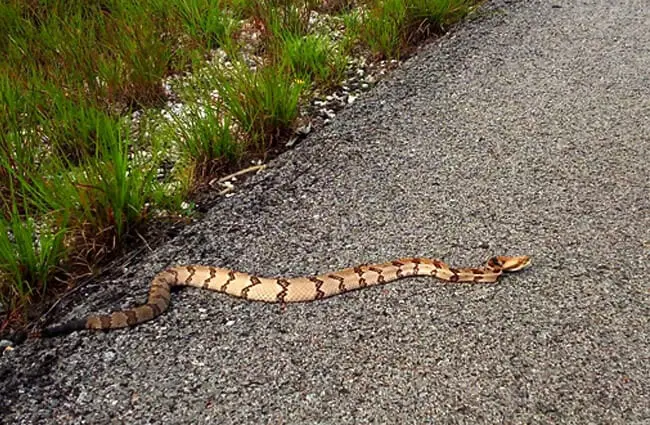
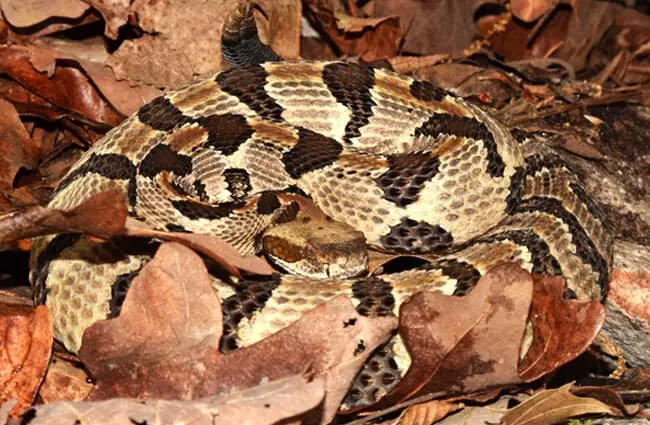
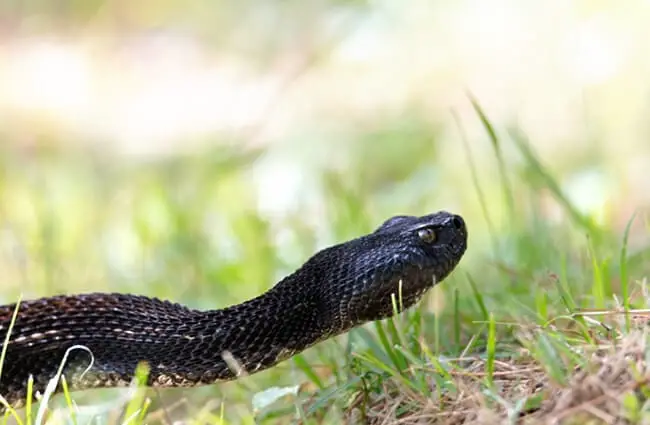

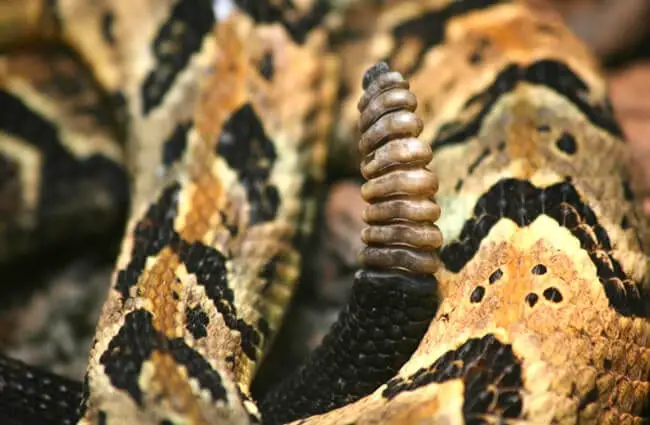

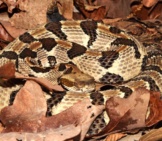
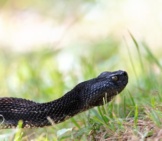
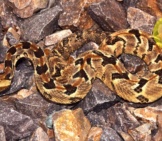

![Red Angus Closeup of a beautiful Red Angus cowPhoto by: U.S. Department of Agriculture [pubic domain]https://creativecommons.org/licenses/by/2.0/](https://animals.net/wp-content/uploads/2020/03/Red-Angus-4-238x178.jpg)












![Red Angus Closeup of a beautiful Red Angus cowPhoto by: U.S. Department of Agriculture [pubic domain]https://creativecommons.org/licenses/by/2.0/](https://animals.net/wp-content/uploads/2020/03/Red-Angus-4-100x75.jpg)

